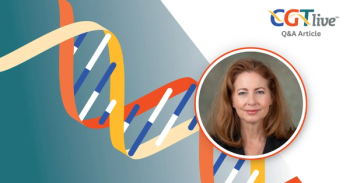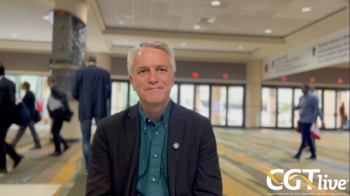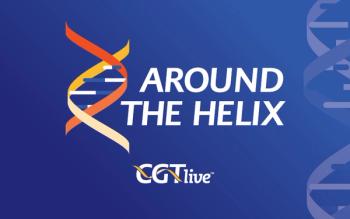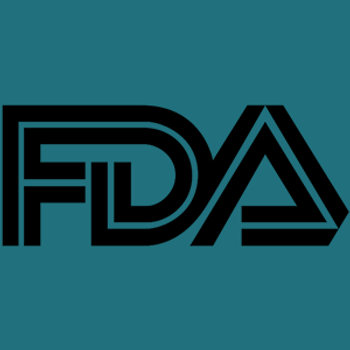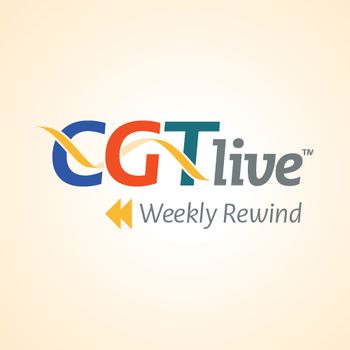
Commercial Bottlenecks in Gene Therapy Development
Nathan Yozwiak, PhD, the head of research at the Gene and Cell Therapy Institute at Mass General Brigham, discussed how innovative research can be held back by financial considerations.
Gene therapy has shown remarkable potential to provide transformative treatment effects, but unfortunately the financial costs associated with many gene therapy products hinder efforts for continued innovation and accessibility of the products to patients. In a sense, this has created a sort of financial bottleneck for the field.
At
CGTLive: Are there any trends you've been noticing over the past few years at ASGCT and in the field in general?
Nathan Yozwiak, PhD: From a scientific advancement standpoint, every single year there's so much interesting progress. I think what we're seeing now, though, is that now there are a lot of new approaches for rare diseases where there's a lot of evidence that they will work in patients, but reaching a commercial bottleneck. The commercial advancements and unique innovations on the commercial and financial side need to catch up with a lot of the scientific side. You see this really over and over again, where a program shows that it works in clinic, but at the end of the day it's only treating several patients per year that have that rare disease. How do you create a sustainable model for this? This has come up repeatedly throughout this conference and it's something that we as a field really need to tackle. We think from a scientific standpoint, there are technical research ways you can improve this. If you can develop better vectors, use AI to improve the efficiency of your guide design or your vector design—we're seeing a lot of research advancement around these areas, all around the larger goal of making a gene therapy more cost effective and more efficient. If you can reduce the costs, you can completely change the financial calculus.
[Furthermore], I think that the field in general is on the verge of another inflection point. I think we've gone through a particular generational cycle, and we've reached a roadblock where a lot of these new rare disease therapies are having resistance from getting commercial support, and I think we're all waiting for a couple major advancements to really push the field forward. I feel like you can feel that we're on the verge of something here, and you feel that palpably in the air at this conference.
Is there anything specific that you're looking forward to for the future or any specific things that you have your eye on right now in the field?
I think a lot of the in vivo approaches are really exciting. Rather than taking cells out of the body and editing and putting them back, what type of in vivo editing approaches can we do? Again that goes to the point of reducing costs and making a treatment more efficient. I think that will be a complete paradigm shift for the field. I think on the adeno-associated virus (AAV) side, you're seeing a lot of improvements on the gene delivery vector side—ways to engineer the capsid in a way to decrease manufacturing costs and allow for more specific delivery. I think in a lot of ways the days of massive doses of AAV delivered systemically—it costs a lot and has lot of side effects—I think those days are numbered. I think you're seeing a lot more of more targeted delivery, more localized delivery, and using more specific capsids. And again, all of that is to reduce the dose and make the dose more effective, which ultimately is going to create therapies that are cheaper for patients and more financially sustainable.
This transcript has been edited for clarity.
Newsletter
Stay at the forefront of cutting-edge science with CGT—your direct line to expert insights, breakthrough data, and real-time coverage of the latest advancements in cell and gene therapy.

